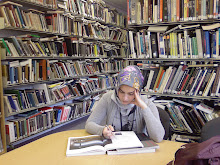1-[T] If light dazzles you, it makes you unable to see for a short time
I was dazzled by the sunlight.
2-[T usually passive] If you are dazzled by someone or something, you think they are extremely good and exciting
I was dazzled by his charm and good looks.
(http://dictionary.cambridge.org/define.asp?key=19792&dict=CALD)




WHAT IS DAZZLE
The father of camouflage, Abbott Thayer described animal coloration as a way to conceal or disrupt an object. Dazzle is disruptive (think of a zebra). French artists developed military camouflage in World War I. Ships were hard to camouflage against U-boats because the sea and sky were always changing and of the smoke they produced. Norman Wilkinson, a marine painter who was in the Royal Navy, is credited with being the first to develop dazzle camouflage for ships. The Royal Navy allowed him to test his idea. When the test went well Wilkinson was told to proceed, however, he was given no office space. So he went to his alma mater the Royal Academy and was given a classroom. Wilkinson hired Vorticist Edward Wadsworth to be a port officer in Liverpool, England and oversee the painting of dazzle ships. In 1918, Wilkinson came to United States to share his dazzle plans. 1,000 plans were developed through this partnership.
Did it work? Dazzle and the convoy system were implemented about the same time, so it is hard to say. However, crews on dazzle ships were very proud of the bedazzled camouflage. It was definitely a morale booster. The British and the Americans fully adopted dazzle because at the time they found it to be effective and inexpensive.
(http://www.risd.edu/dazzle/)

No comments:
Post a Comment